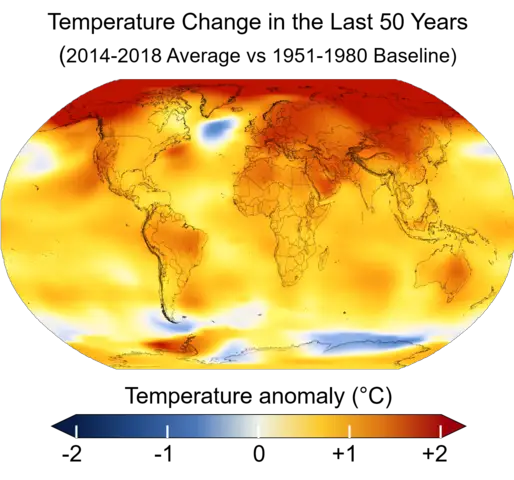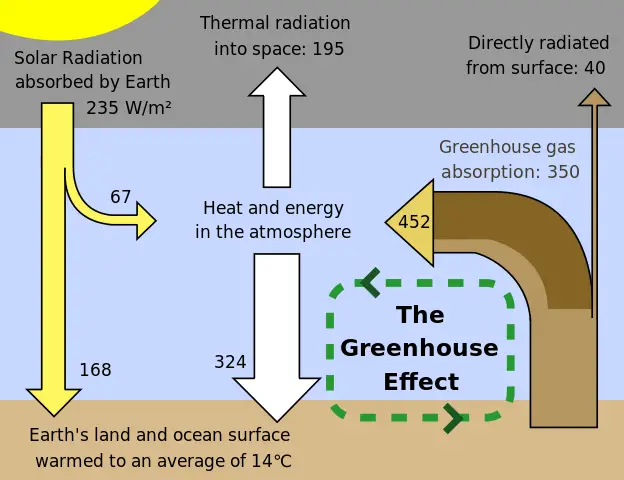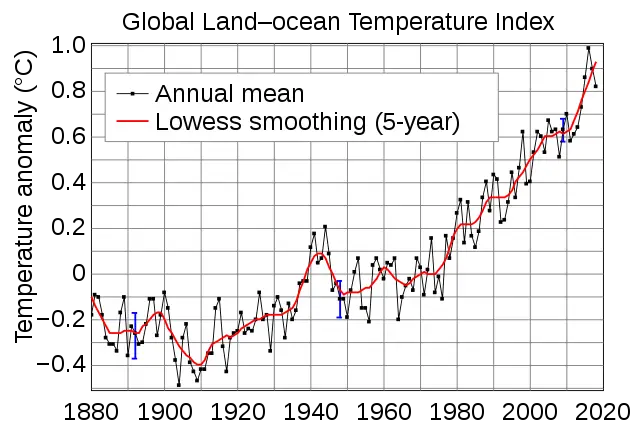The “greenhouse effect” is when the earth’s atmosphere traps heat that is manufactured by humans. Some gases emitted by human activity prevent the heat from escaping into space. This is what scientists around the world attribute to the condition of global warming.

Causes of Global Warming
Water is released into the atmosphere when it is vaporized. As the earth’s atmosphere warms, more water vapour is released and this causes clouds, thunderstorms, and precipitation. This is the most abundant gas in the atmosphere.
Carbon dioxide – CO2 is a product naturally produced by human and animal respiration and used by vegetation. It is an important part of the earth’s atmosphere. However, human activities, such as deforestation and burning coal, gas, and oil, have increased the levels of CO2 and this is forcing climate change.
Methane is produced when waste materials decompose. This includes farming methods of stockpiling manure to decompose, decomposing material in landfills, and manure used for fertilizer especially in rice-producing countries.
Nitrous oxide is released into the atmosphere by the use of commercial and organic fertilizers in farming, the burning of fossil fuels, and smoke from fires such as burning stubble, forest fires, and burning after land clearing.

CFCs or chlorofluorocarbons are man-made compounds used for refrigeration coolants. This is now a restricted gas in many of the developed countries and substitute gases are being created and tested. However, CFCs are still used and not regulated in many of the underdeveloped countries in the world.
Consequences of Global Warming
The earth is becoming warmer. Glaziers and ice packs are shrinking year by year. The world’s oceans have become warmer and as the water expands and as ice melts, sea levels will rise. Some areas of the globe will become wetter and some areas with become dryer.
Higher temperatures are changing climate patterns and causing the areas of natural vegetation to shift. Some places where certain crops have thrived will not be arable for those crops causing populations, both human and animal, to be forced to move when the land can no longer sustain life.
What can we do?
We have to find ways to cut down or eliminate the burning of fossil fuels by carpooling, using public transit, combining trips to the market into one trip, and choose to bike or walk. Solar, wind, and geothermal energy are solutions; these are renewable energy sources.

We need to reduce the amount of energy and water we consume by using more efficient and cheaper sources like LED lighting, drying clothes on air instead of heat, using dishwashers only when they are full, and turning off devises when not in use. We can reduce the number of times we water lawns and water at night rather than in the heat of the day.
Low energy buildings need to be built and old buildings need to be upgraded so that the source of energy is not fossil fuels but solar or geothermal energy. The need for air conditioning needs to be reduced.
We need to stop or curb deforestation and encourage better uses of natural resources. We need to make farming greener and eliminate the use of some fertilizers, herbicides, and pesticides.
We need to learn how to consume products more responsibly and look for clothing, cosmetics, and cleaning products that do not have harmful chemicals. We have to stop using plastic bags and single-use plastics, and we need to recycle and be responsible for our waste.
Questions:
- How is methane produced?
- What are CFCs?
- What is produced when fertilizers are used, fossil fuels are burned, and fires are ignited?
- What is causing the ocean waters to rise?
- What can we do within our homes to reduce global warming?
Answers:
- Decomposing waste materials produces methane.
- CFCs are chlorofluorocarbons, which are man-made compounds used for refrigeration coolants.
- Using fertilizers, burning fossil fuels and igniting fires to burn forest debris and stubble fields produces nitrous oxide.
- Ocean water is rising because the water is becoming warmer and because polar ice and glaziers are melting.
- In our homes, we can buy green products whenever we can, reduce the amount of electricity we use, recycle whenever possible, and stop using plastic bags and single-use plastics.